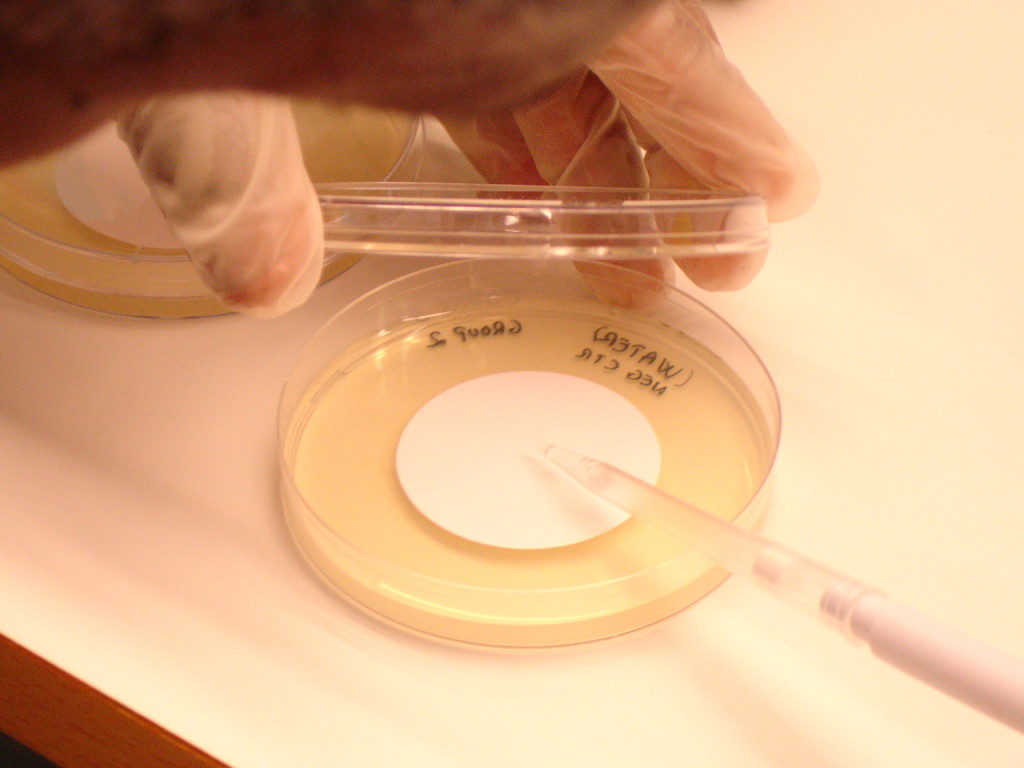
por AS-PTA, Via GMWatch
Pesquisadores da Universidade de Leipzig publicaram estudo mostrando que o herbicida Roundup impacta negativamente bactérias gastrointestinais de aves. Os testes, realizados in vitro, revelaram ainda que enquanto bactérias altamente patogênicas como as que causam salmonela e botulismo resistiram ao Roundup, aquelas benéficas foram de moderada a altamente suscetíveis ao produto.
O estudo fornece bases científicas para os relatos de aumento de doenças gastrointestinais em animais alimentados com soja Roundup Ready, que é tolerante ao herbicida Roundup, cujo ingrediente ativo é o glifosato. No Brasil, quando liberado o sistema soja RR-herbicida Roundup, o governo multiplicou por 50 o limite de resíduo de glifosato permitido nos grãos modificados.
—
Abstract
Shehata, A. A., W. Schrodl, et al. (2012). The effect of glyphosate on potential pathogens and beneficial members of poultry microbiota in vitro. Curr Microbiol. Publ online 9 December.
http://www.ncbi.nlm.nih.gov/pubmed/23224412
Abstract: The use of glyphosate modifies the environment which stresses the living microorganisms. The aim of the present study was to determine the real impact of glyphosate on potential pathogens and beneficial members of poultry microbiota in vitro. The presented results evidence that the highly pathogenic bacteria as Salmonella Entritidis, Salmonella Gallinarum, Salmonella Typhimurium, Clostridium perfringens and Clostridium botulinum are highly resistant to glyphosate. However, most of beneficial bacteria as Enterococcus faecalis, Enterococcus faecium, Bacillus badius, Bifidobacterium adolescentis and Lactobacillus spp. were found to be moderate to highly susceptible. Also Campylobacter spp. were found to be susceptible to glyphosate. A reduction of beneficial bacteria in the gastrointestinal tract microbiota by ingestion of glyphosate could disturb the normal gut bacterial community. Also, the toxicity of glyphosate to the most prevalent Enterococcus spp. could be a significant predisposing factor that is associated with the increase in C. botulinum-mediated diseases by suppressing the antagonistic effect of these bacteria on clostridia.
…………………….

Roundup Herbicide Linked To Overgrowth of Deadly Bacteria
Acesse
http://wakeup-world.com/2013/01/13/roundup-herbicide-linked-to-overgrowth-of-deadly-bacteria/